When it comes to mastering the art of **wok cooking**, understanding the right **BTU** (British Thermal Unit) for wok cooking can be a game changer. The **BTU** represents the amount of heat required to raise the temperature of one pound of water by one degree Fahrenheit. Thus, an adequate **BTU** rating for your stovetop is essential to achieve that perfect stir-fry.
In professional kitchens, where speed and quality are non-negotiable, this knowledge can enhance productivity and meal quality. The question is, how many BTU do you need for wok cooking? This guide provides detailed insights into choosing the right **BTU** for your wok, ensuring that your dishes come out perfectly every time.
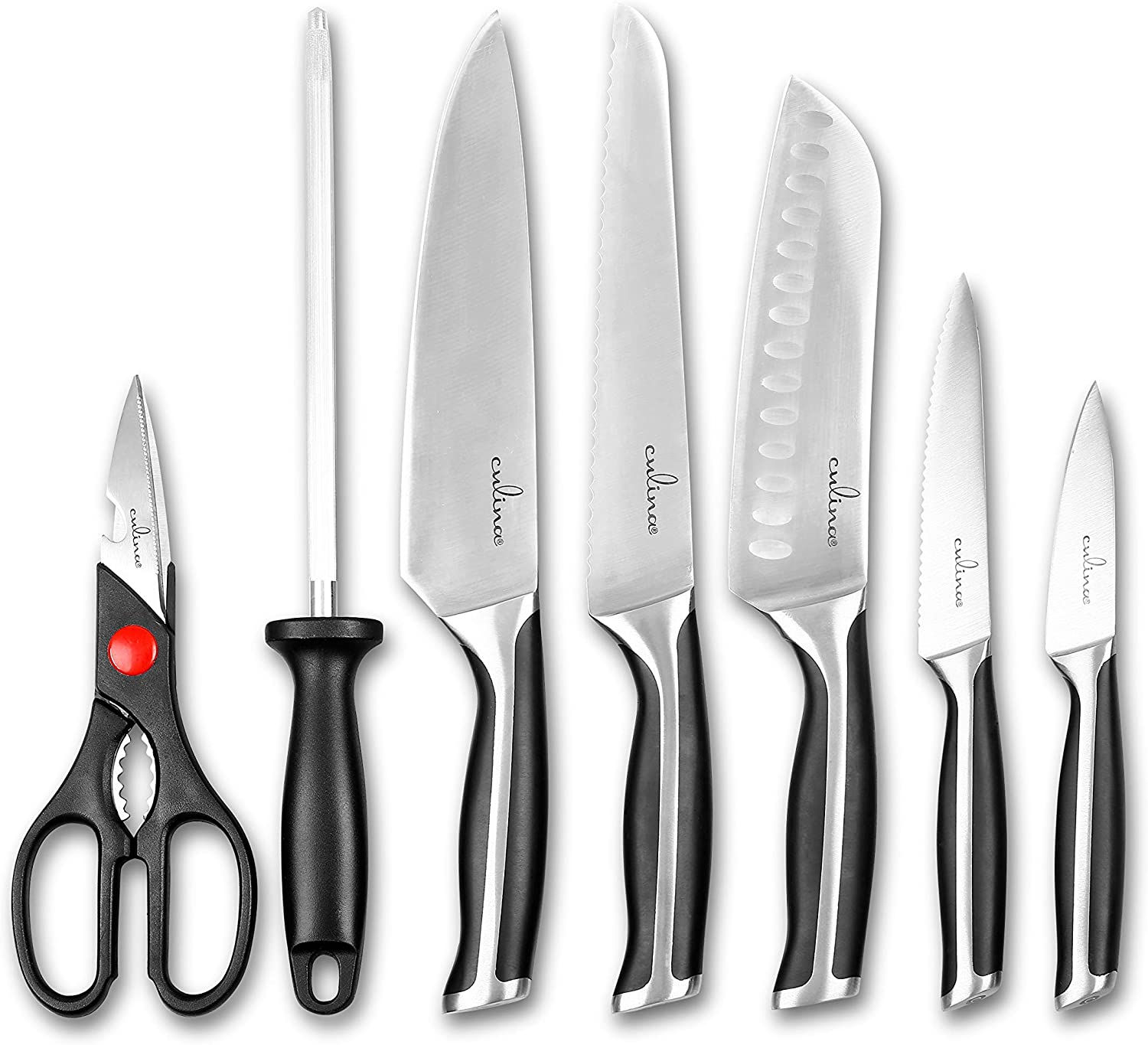
What is Wok Cooking?
Wok cooking is a centuries-old technique from Asia, particularly popular in Chinese cuisine. The design of a wok, characterized by its deep, round bottom and high sides, allows for **quick cooking** at high temperatures. The **heat retention** and **distribution** offered by a good wok make it ideal for searing, steaming, frying, and even braising.

Understanding BTU Ratings
The **BTU rating** of a cooking appliance indicates its heating power. For wok cooking, high heat is crucial. A professional kitchen typically requires a stove that provides at least 12,000 to 20,000 BTUs. Higher BTUs allow for better heat retention and quick heating, essential for achieving that **smoky flavor** that wok-cooked meals are renowned for.
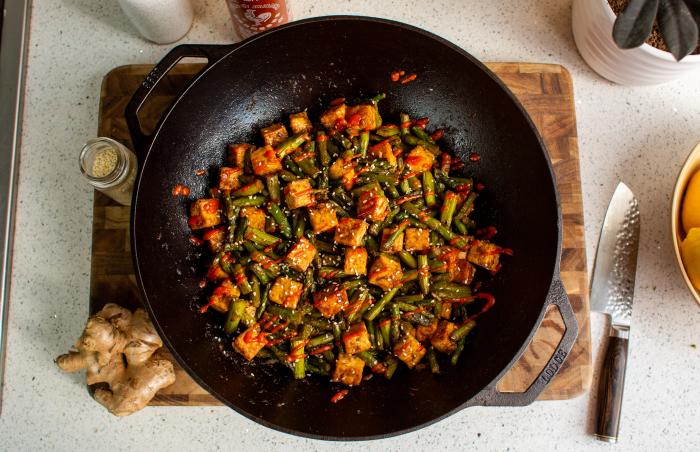
How Many BTUs Are Ideal for Wok Cooking?
While theres no strict rule about the exact **BTU** needed, a wok should ideally operate within the range of 12,000 to 20,000 BTUs for best results. If youre considering different stovetops or burners, heres a quick breakdown:
- Residential Stovetops: Generally between 5,000 to 12,000 BTUs.
- Commercial Stovetops: Often exceed 20,000 BTUs, suitable for serious wok enthusiasts.
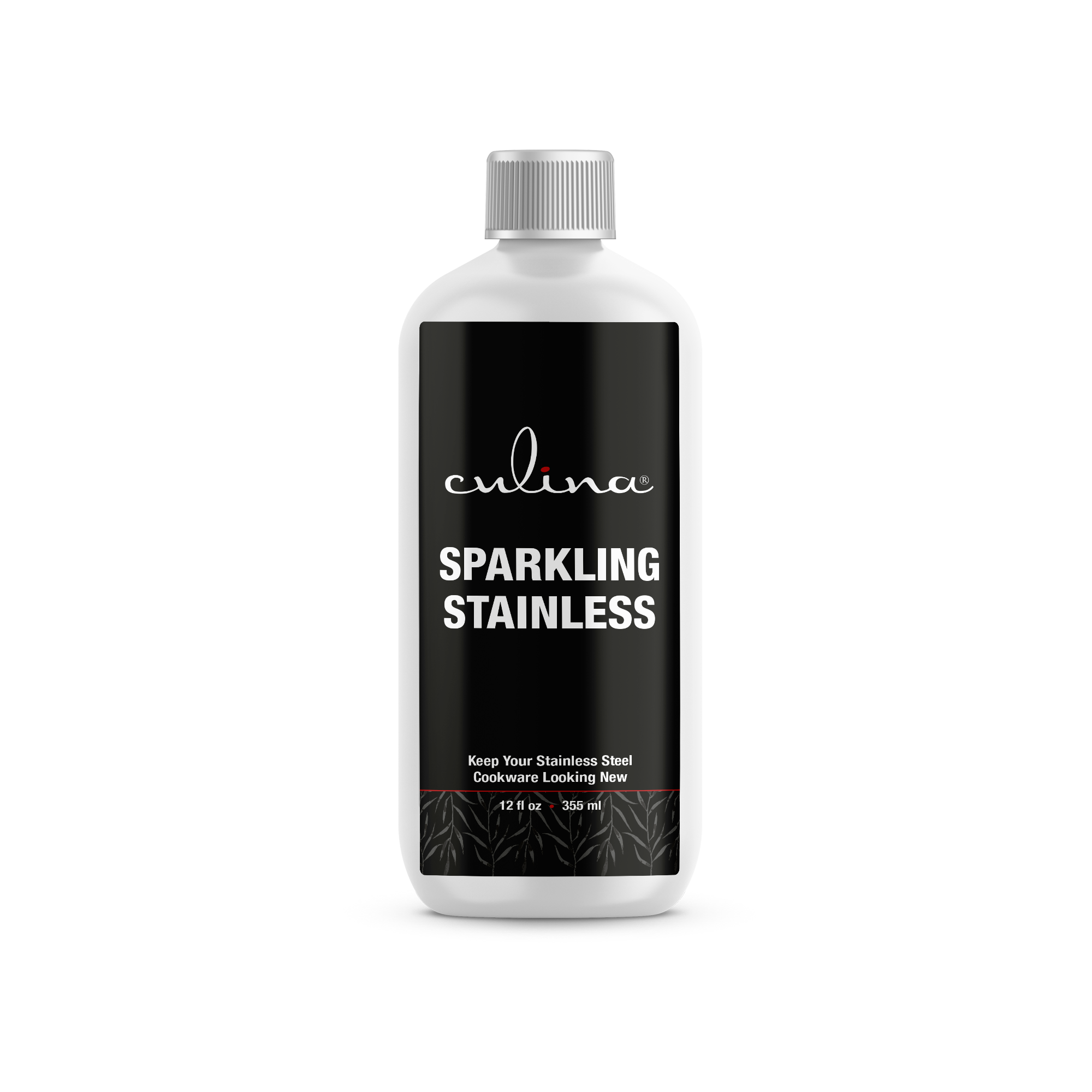
Factors Affecting BTU Needs
The first factor is the size of the wok. Larger woks require more heat to reach optimal cooking temperatures. Another pertinent aspect is the type of food being cooked. Ingredients that absorb more heat will need a higher BTU burner. Finally, if you wish to replicate traditional high-heat Chinese cooking methods, a high BTU burner is crucial.
Benefits of Using the Right BTU for Cooking
Using the proper **BTU rating** for your wok has several advantages:
- Faster cooking times.
- Better flavor retention due to rapid cooking.
- Even heat distribution, preventing burning.
- Increased ability to achieve the perfect char on vegetables and proteins.
How to Maximize Heat Utilization with Your Wok
To fully benefit from your wok cooking experience, consider the following tips:
- Preheat your wok until it is almost smoking before adding oil.
- Use oil with a high smoke point for better flavor and performance.
- Don't overload the wok; cook in batches if necessary.
Common Mistakes in Wok Cooking
Many chefs encounter issues when working with woks, often due to inadequate heating. Here are mistakes to avoid:
- Using a low BTU burner, leading to longer cooking times.
- Not preheating the wok.
- Overcrowding the wok.
Conclusion: Invest in Better Heat for Better Cooking
When it comes to how many BTUs are needed for wok cooking, the consensus is clear: higher is better. Whether you're cooking in a professional setting or at home, investing in a quality burner can make all the difference in achieving exceptional results.
Remember, in the culinary world, heat equals flavor. Check out how to use a grill pan if you want to diversify your cooking methods.
For further reading on wok cooking, explore this informative guide from The Woks of Life.
As an Amazon Associate, I earn from qualifying purchases.

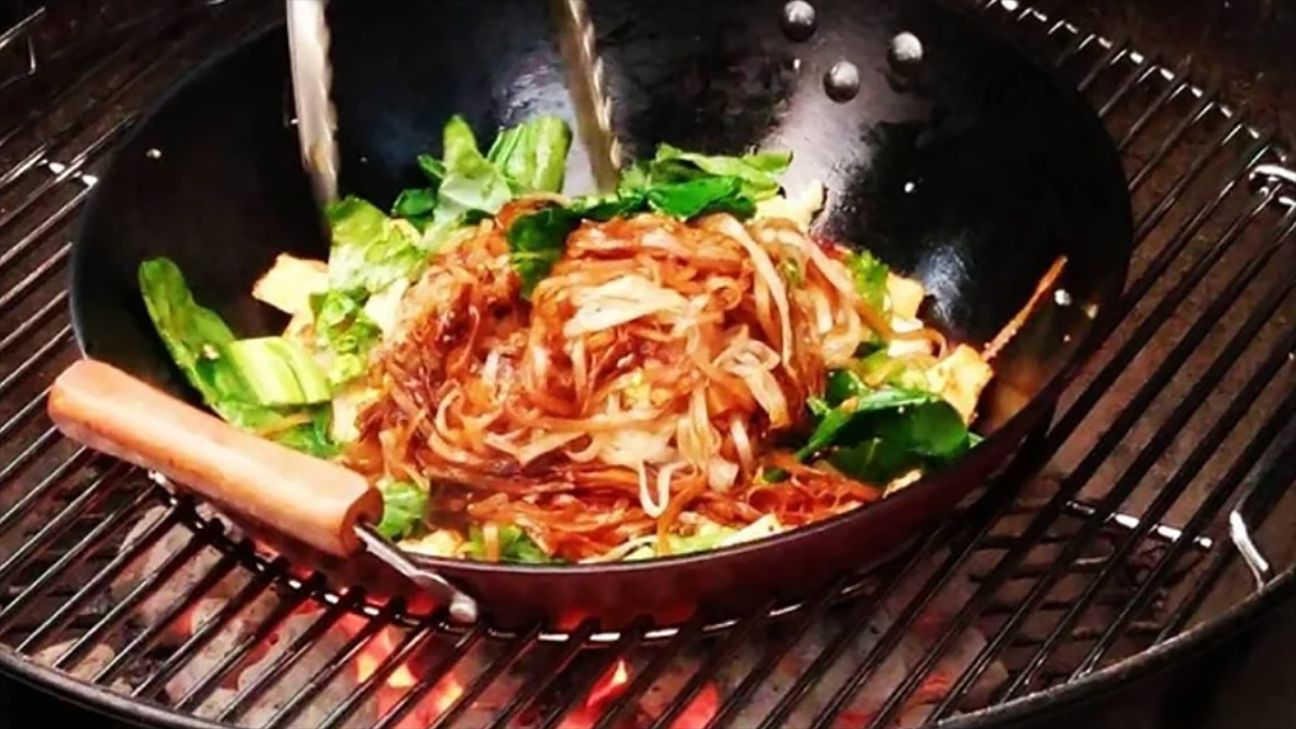


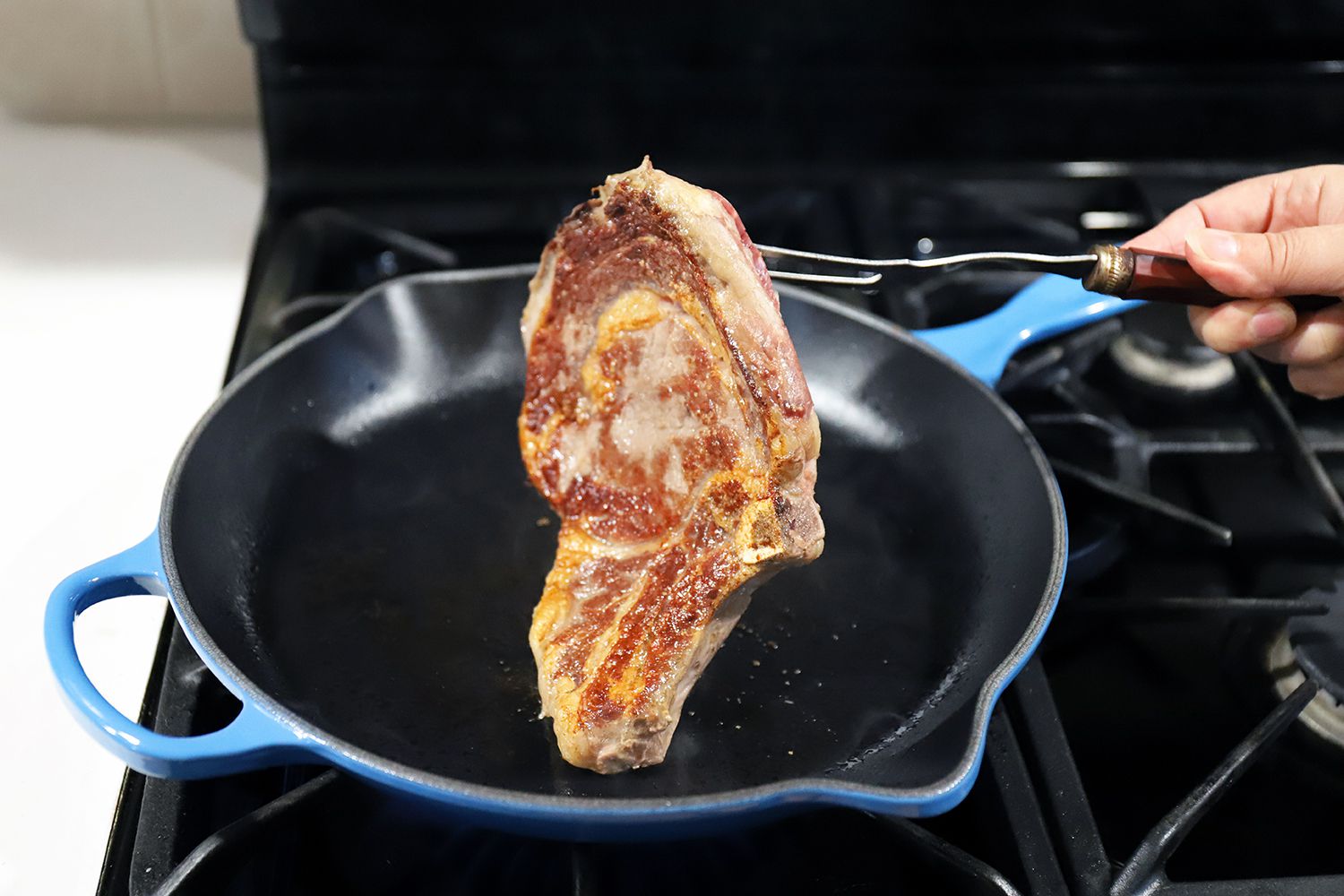
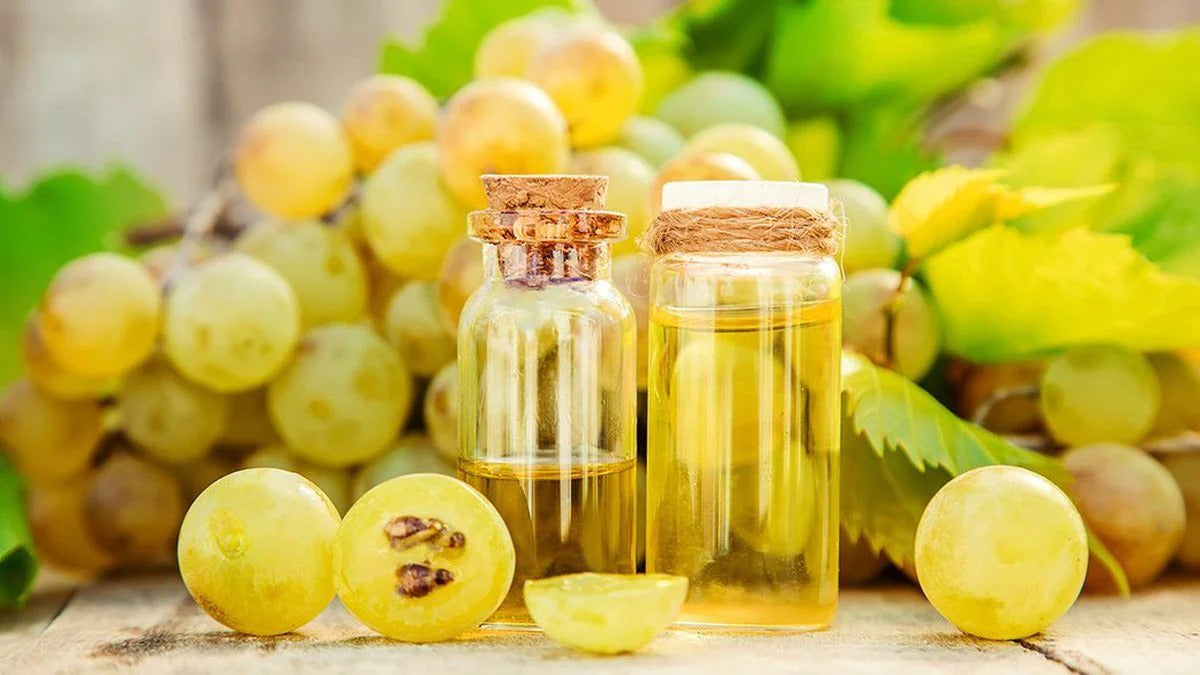
Leave a comment
This site is protected by hCaptcha and the hCaptcha Privacy Policy and Terms of Service apply.